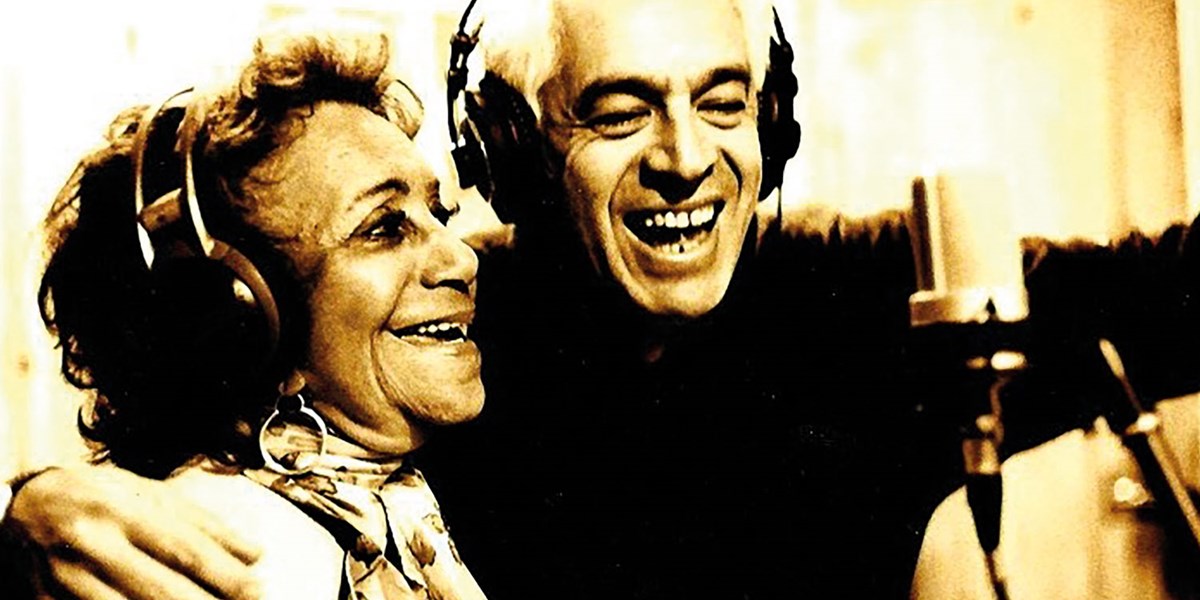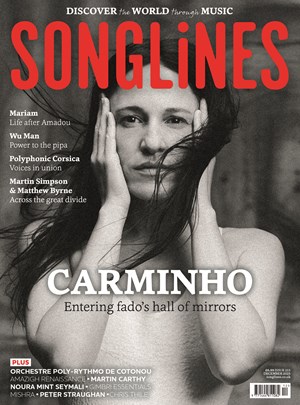Thursday, May 15, 2025
Lágrima Ríos: recovering the lost Paris sessions of an Afro-Latin tango icon
Serendipity brings to light a historic recording from Lágrima Ríos, one of few Afro-Latin singers to find fame in tango

Lágrima Ríos recording with Carlos ‘Pajaro’ Canzani

Register now to continue reading

Thanks for visiting the Songlines website, your guide to an extraordinary world of music and culture. Sign up for a free account now to enjoy:
- Free access to 2 subscriber-only articles and album reviews every month
- Unlimited access to our news and awards pages
- Our regular email newsletters

